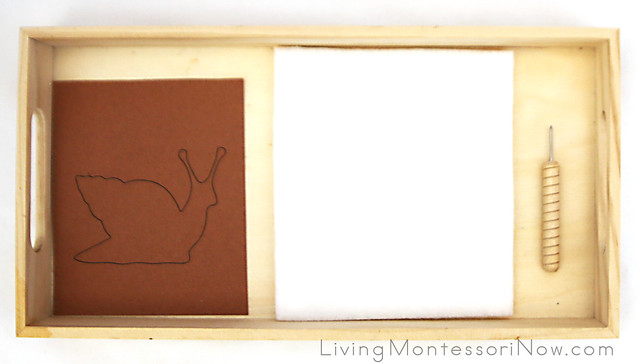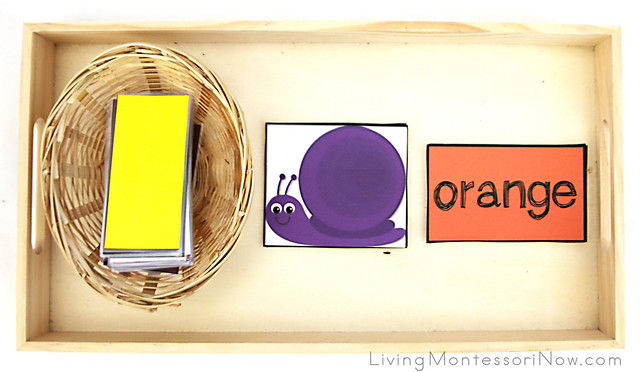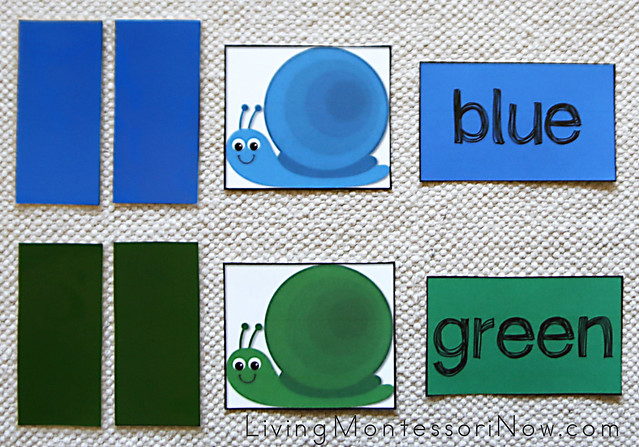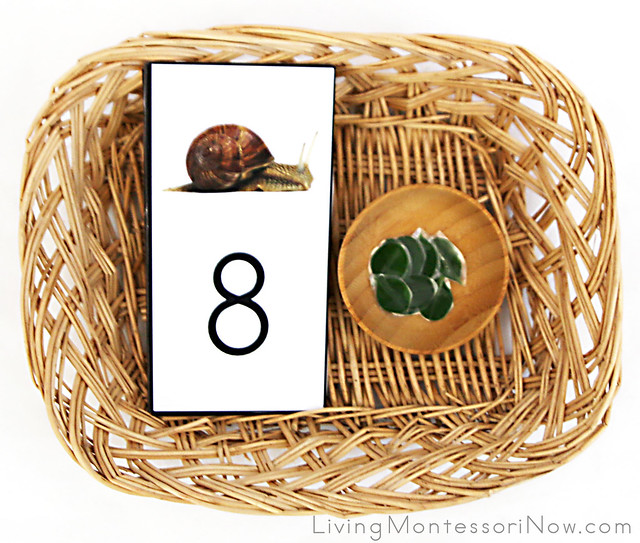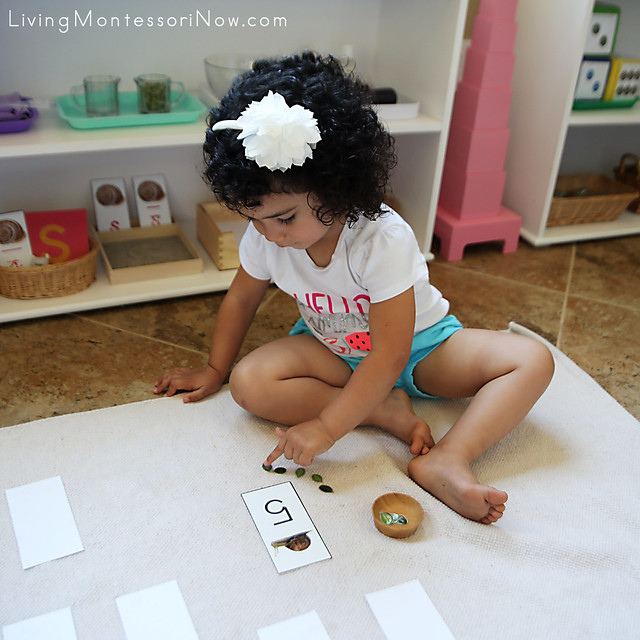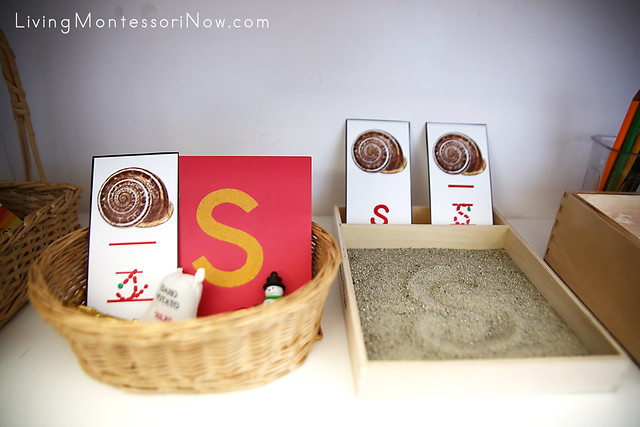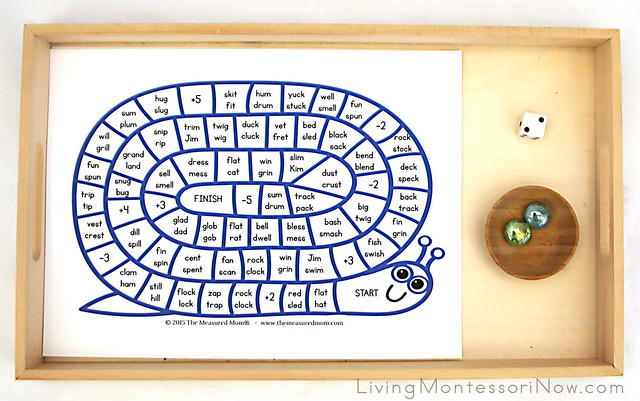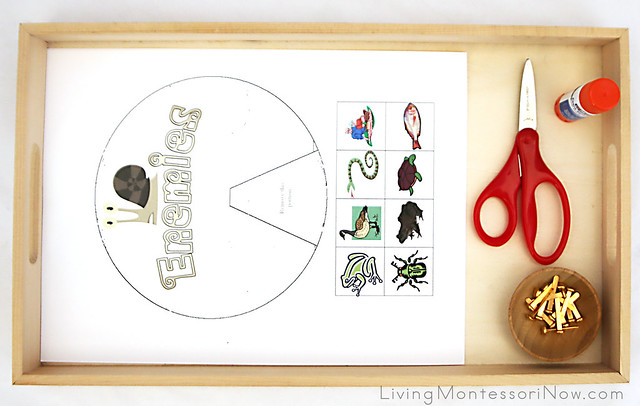Sometimes we limit our planning by starting out with a theme name in our heads and then try to come up with ideas for each interest center but become stalled for ideas. Perhaps you have a great idea for a theme to write up for preschool.
Or, better yet, your PRESCHOOLERS have come up with a great topic of study, based on THEIR interests, but where and how do you begin? I use the IPOP method (yup, totally made that up!)
I.P.O.P. is an acronym I use to describe the brainstorming process of theme writing, while keeping the purpose of themes in mind.
I =Interesting, fun and exciting theme choice.
P =Printing any and all ideas that come to mind about that theme name.
O =Organize ideas into interest centers
P =Plan daily and weekly lessons
Working Together as a Team
Ericka, a PreK teacher from Texas, shared a quote with me. It was one that her former principal used to say,
"Great teachers aren't made; they're borrowed from the teacher next door!"
So share your knowledge and ideas with each other! Accept each other's ideas and ways to teach!
Let's look at each step of planning a theme and then I'll give you a resource to go to for more details.
IPOP Overview
Plan A Theme- I in IPOP: Choosing and Interesting topic
So, where do you start with choosing a theme or topic?
You start with your children's interests!
Think about what your children seem to be fascinated with lately.
Don't look too hard, just think about their daily conversations.
These conversations will lead to you come up with an amazing list of themed topics!
Plan A Theme- The 1st P in IPOP: Printing ideas
Print your topic name in the middle.
Print your ideas all around the paper.
Do NOT try to separate it by interest center.
Again, that will limit your thinking!
One idea might be used in several areas of your classroom. We'll sort that all out in the next step.
Plan A Theme- O in IPOP: Organize ideas into interest centers
In this step, you will list the names of all of your Interest Learning Centers.
You will then assign each center a color and shape.
Don't worry, it's all covered in the article I'll give you the link to in a minute!
You will use these colors (of markers or highlighters) to circle (or "rectangle") each idea with the Interest Center the activity would fit well in!
You might find that some activities fit well into more than one interest center.
GREAT!
Use both colors/shapes!
Plan A Theme- The 2nd P in IPOP: Plan daily and weekly lessons
The first step will be to take your list of items from the previous step (the ones you highlighted) and list them in your planning book in the appropriate area.Keep in mind that you may have had one activity that could be used in two areas, such as felt blocks being using on your flannel board and also at your math center!
Take each activity from your highlighted list and assign it to an interest center.
Do this for every activity you came up with in the planning stage.
If an activity can be used in many ways or in many areas, list it in all of those areas.
You may also find during this transfer that you and your co-worker(s) come up with even more activities. GREAT! Add them to your planning book or form!
And there you have it! A theme complete! Of course, there may be enough activities left over to make this into a 2-week theme!
This is how I write up new themes every time! It will take you less and less time the more you go through the process. But, honestly, the process is important.
If you don’t let yourself become creative, you will sit in front of a planning form and plan the same activities which will feel stale after a few years!
Let yourself get excited about planning preschool lesson plans each and every time you plan!
And HERE You Have It!
And now here you have it! Here is the beginning of the 5-part series that will take you step by step through this process. Each page is complete with images so that you can see the step in action!
About the author
Cheryl Hatch has taught and directed preschool programs for over 20 years. She is the Creator and Owner of Preschool Plan It, a website dedicated to sharing preschool themes, activities, articles and training with early childhood educators. She volunteers as the coordinator and teacher of the MOPPETS program in her town (a preschool program for the M.O.P.S.--Mothers of Preschoolers Program). She has her undergraduate degree in Early Childhood Education. Cheryl has been an active, integral member and leader within the Teachers.Net Early Childhood community for many years, moderating live chats and providing peer support on the Preschool Teachers Chatboard. You can read Cheryl’s articles, activities and themed preschool lesson plans at www.preschool-plan-it.com
























